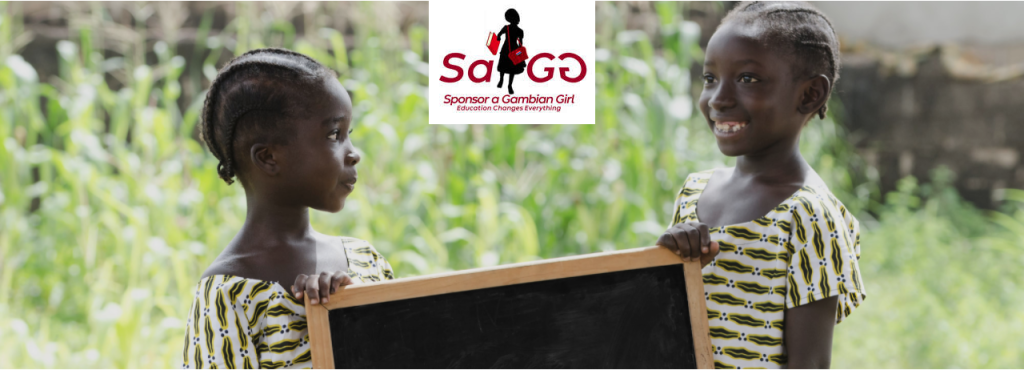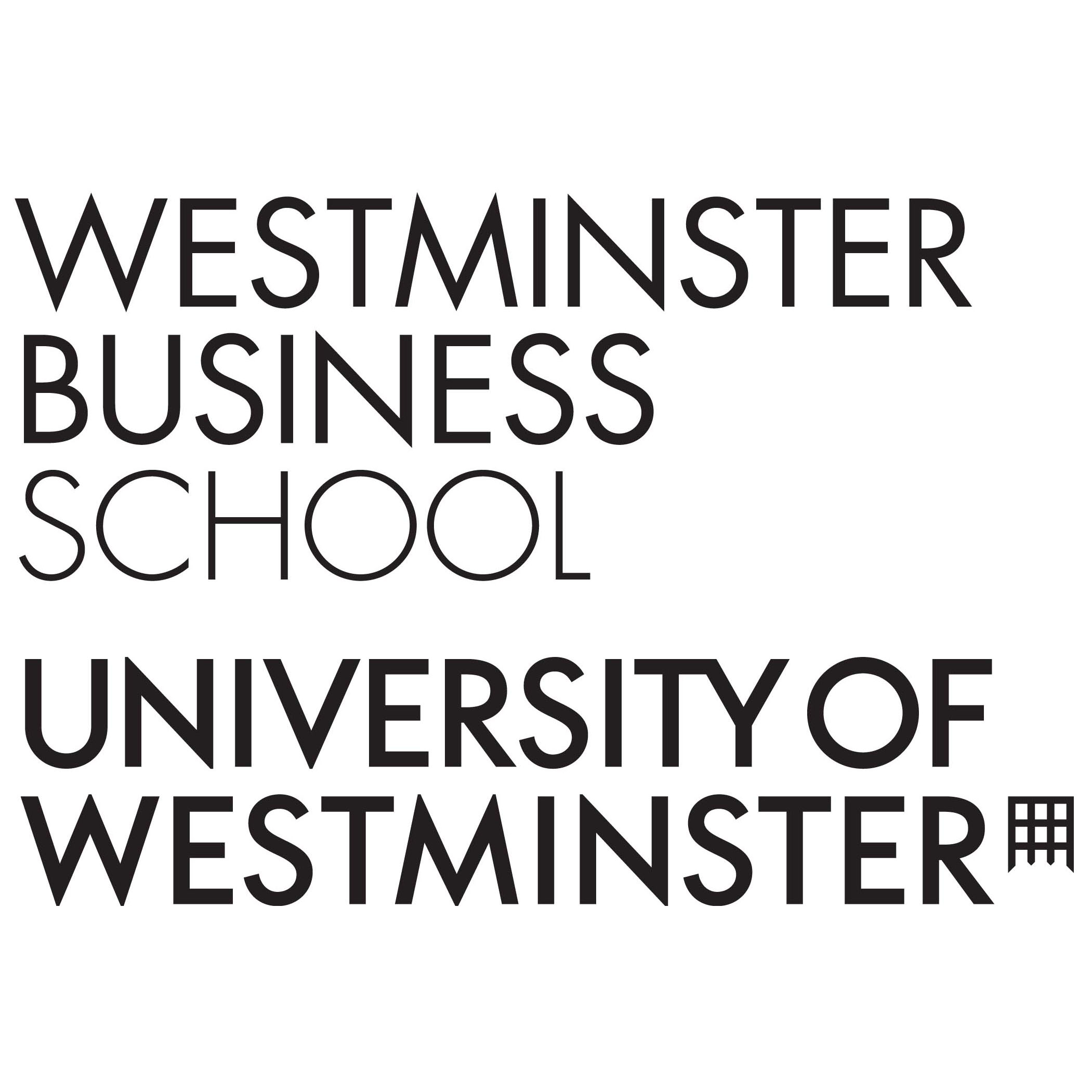
Sponsor a Gambian Girl (SaGG) Foundation is a charitable organisation that focuses its efforts to change inequality in terms of education and gender in The Gambia, helping girls to complete their school education.
Through its website and presence on social networks, the SaGG Foundation presents competitors, such as Abaana, “charity set up for the benefit of less privileged people in Africa” and Plan International UK (PIUK), that “work with girls and boys growing up in some of the world’s poorest communities”.
We will see how foundations handle social networks and interact with their target market. SaGG foundation and Abanna are similar in social media size, but PIUK is a bigger foundation so we will compare their social media to see the reason why they perform better.
Social Media Listening
First of all when you google search for the keyword “Girls education charity gambia”, both Abaana and PIUK are up in the paid search, and SaGG Foundation is the first in the natural search, which reflects a correct use of SEO.
On the SaGG Foundation’s and Plan International’s webpage there is an active blog, which is very positive for creating relevant content around the situation and the institution. Abanna also presents a news section which is a very good way to keep informed and reflect on the impact of their work.
Facebook and Instagram are the most used social media channels in general. Despite all having the number of followers shown above, and being active, posting almost 1 daily post, they are all low on reactions and engagement. They have few likes and comments on all the publications.
SaGG has low-quality content; The photos and videos don’t look professional, and it’s difficult to read the text in it. Abaana in this sense presents better quality pictures. The two present too much text in each publication, so in general, both should reduce the text to short explanations and create better quality content.
On this matter PIUK does a better job creating actualised content with a short text, having a simple and clear call to action, always anchored to the link to donate.
The focus and tone of voice used by the SaGG Foundation are for a female audience; making them protagonists they only use female faces in addition to pink and other strong colours in most of its publications, unlike the other two institutions that have slightly more sober or standard colours, appealing to the help of a more general public, and focusing on the general problem and not on gender.
All of them are active with Instagram stories. They have good profile stories explaining the foundation, what they do and what is achieved, with a cheerful and hopeful message. Showing a positive story will make the viewer feel hope and that this situation can be reversed.
On Twitter, SaGG Foundation publishes every 1 or 2 days, so it remains quite active. The problem is that the images and content are similar to the channels mentioned above. Anyway, the message contains a call to action and the text is shorter. Abaana has been inactive since 2018 on this social media and PIUK correctly focuses on publishing attractive and simple videos and images and leaving the text more than anything to the call to action.
Sagg Foundation has some videos on YouTube but the potential of this channel has not been exploited. PIUK presents a wide variety of videos (more than 100 videos), showing different news, children’s situations and insights related to the importance of the problem under discussion and the foundation.
In the case of LinkedIn, the SaGG Foundation uses the appropriate number of words, since in this social network there is the possibility of posting something a little longer. PIUK also correctly takes advantage of this channel to thank the contributions and demonstrate that the help is not in vain, generating interaction with users.
Building Trust in the Foundation
No one would give a large amount of money to an institution that does not know specifically where those funds are destined or that is transparent in its use. “Trust in charities has decreased significantly since 2016 from 51% to 48% agreeing that they believe charities to be trustworthy.”
Source: (CAF, 2019)
“Successful organizations overcome cynicism by proactively working to build trust. They make it clear that donations are helping beneficiaries, by openly sharing their accomplishments, especially the important outcomes for each year.” (Rees, 2021)
To whom should charity be directed?
People of different generations have motivations and emotional attachments to different current problems. Statista 2021 states: “People that were over the age of 75 were the most likely age group to give to charity in England and Wales in 2020. By contrast, those aged between 16 and 24, the youngest age group surveyed, were the least likely to give to charity, at 50 per cent.”
Source: (Clark, Statista, 2021)
They also say: “In 2021, approximately 67 per cent of women in England advised that they had given to charity, compared with 59 per cent of men. Throughout this provided time period, a higher share of women gave to charity than men.”
Source: (Clark, Statista, 2021)
Institute of FundRaising made a study where they concluded that “the only area where men showed greater support was in the sum donated, with an average gift of £29 compared with £23.” (Plummer, 2017)
Elders on social media
What channel to use to generate a relationship or attract the attention of this age group?
In order to reach out to them, we need to create content on their most used social media, Facebook and Youtube.
Source: (Social Media for Older Adults | Senior Tech Club, 2022)
Recommendations
- Generate appropriate content for Facebook. By increasing the quality of the pictures and videos the user will engage better and believe in the institution.
- Content diversification. More content pillars in each network, but also differentiate one network from another according to its potential.
- Giving more information and results will show transparency in the institution, so people will feel safe giving money.
- The current blog could be written by external collaborators and also promoted on other social networks.
- Add a Newsletter on the website to keep the people involved informed.
- Focus on the older age range, as they are the ones that give more money to charities.
- Women are indeed more involved in charities than men, but when men donate, they donate more, that’s why they shouldn’t be discarded from the targeting.
- Develop more content for Youtube, as it is one of the most used social media of this target group.
- Youtube videos can be used for advertising on the same channel and also on other platforms, showing quality content.
Finally, we leave you with a video proposal, which is mainly intended for Facebook and YouTube. The idea is to show the story of one of the foundation’s girls so people can see the results achieved with the contribution, and in this way, it seeks to promote awareness to our target customers, for them to feel attracted and then engage them.
Below is the video proposal following all the ideas raised above:
References:
https://www.statista.com/statistics/525663/age-structure-in-gambia/
https://getfullyfunded.com/why-people-give/
https://www-statista-com.uow.idm.oclc.org/statistics/292936/giving-to-charity-in-england-by-age/
https://www-statista-com.uow.idm.oclc.org/statistics/292929/giving-to-charity-in-england-by-gender/
